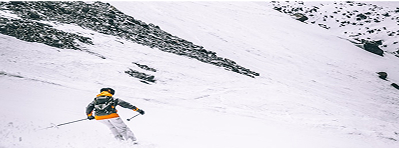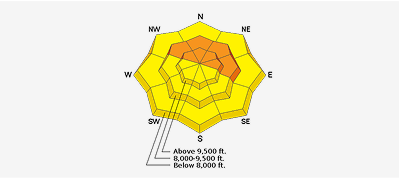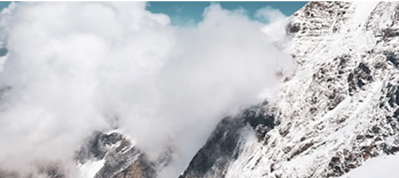Forecast for the Salt Lake Area Mountains

Sunday morning, November 2, 2025
Welcome to the start of the 2025–2026 winter season.
The Utah Avalanche Center is back in full swing, and the staff is ready for another season in the mountains. For now, we’re waiting on more snow. In the meantime, it’s a great opportunity to dig out your gear. Beacon, shovel, and probe remain the three essentials. Take a few minutes to put your pack together, check batteries, and get your skis or board tuned and ready to go.
There’s no shortage of avalanche information online, and early season is the perfect time to refresh your knowledge. A quick review can go a long way once the snow starts to stack up.
As you begin to get out on your skis or board, be sure to check the uphill travel policies at each resort. We’ll keep you posted as storms line up and the season starts to take shape.







